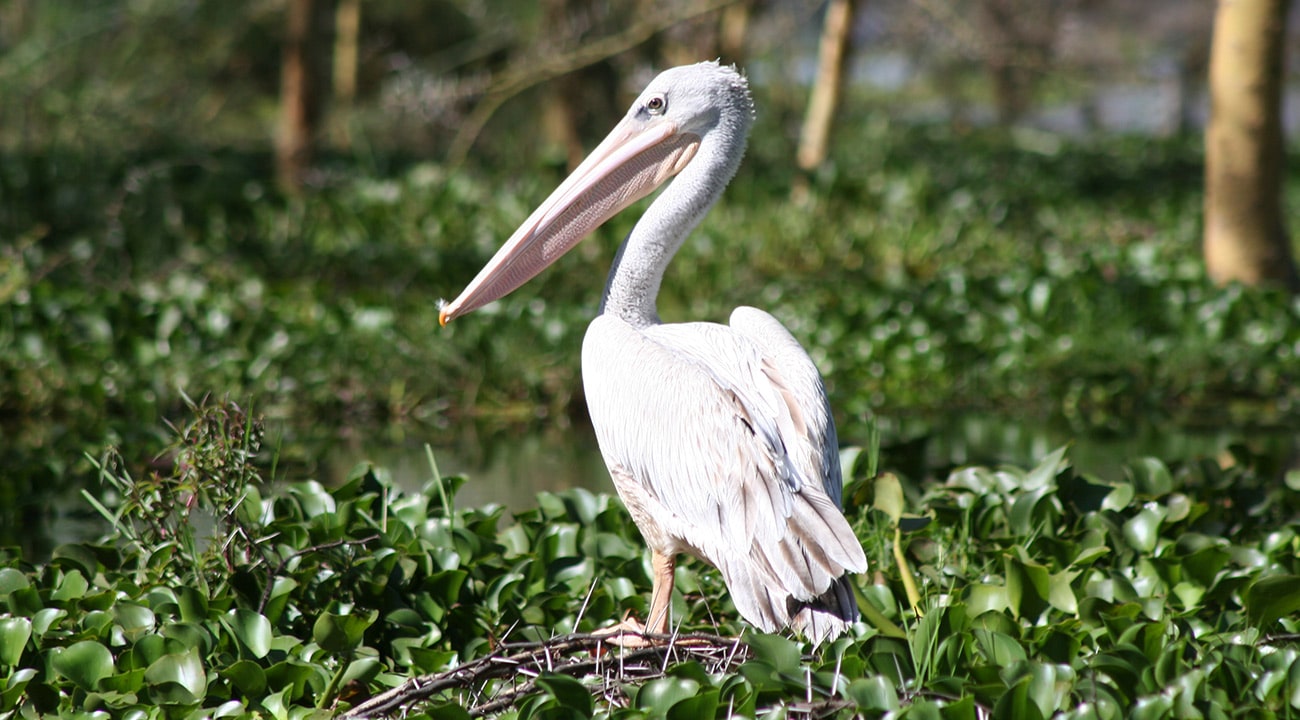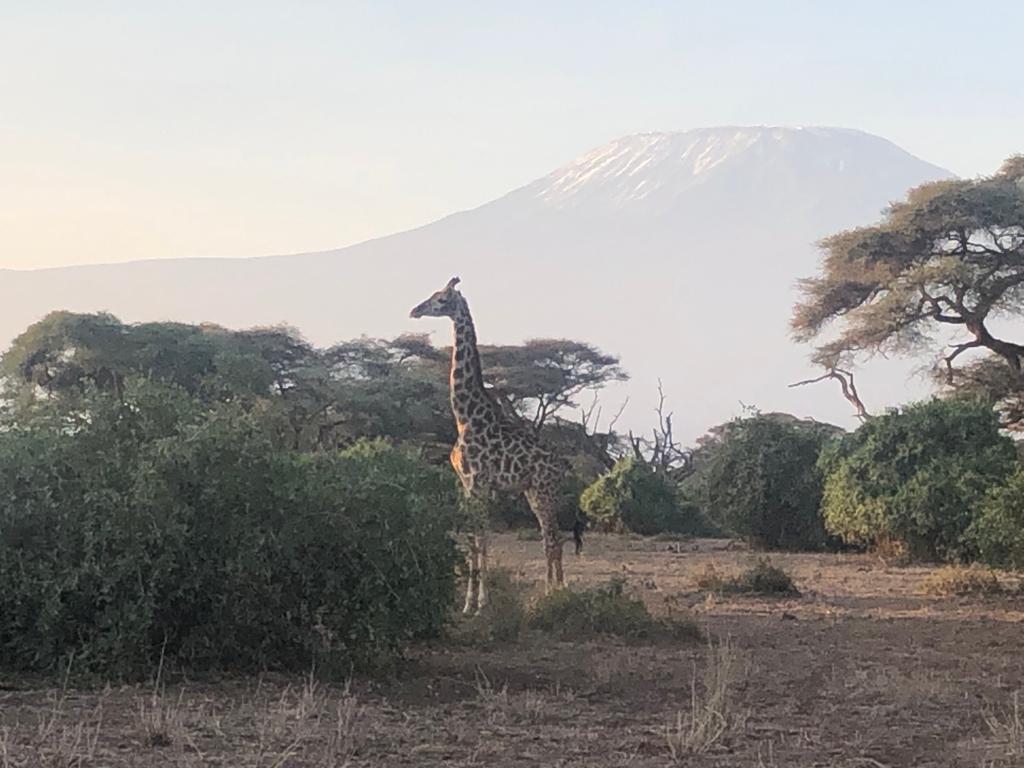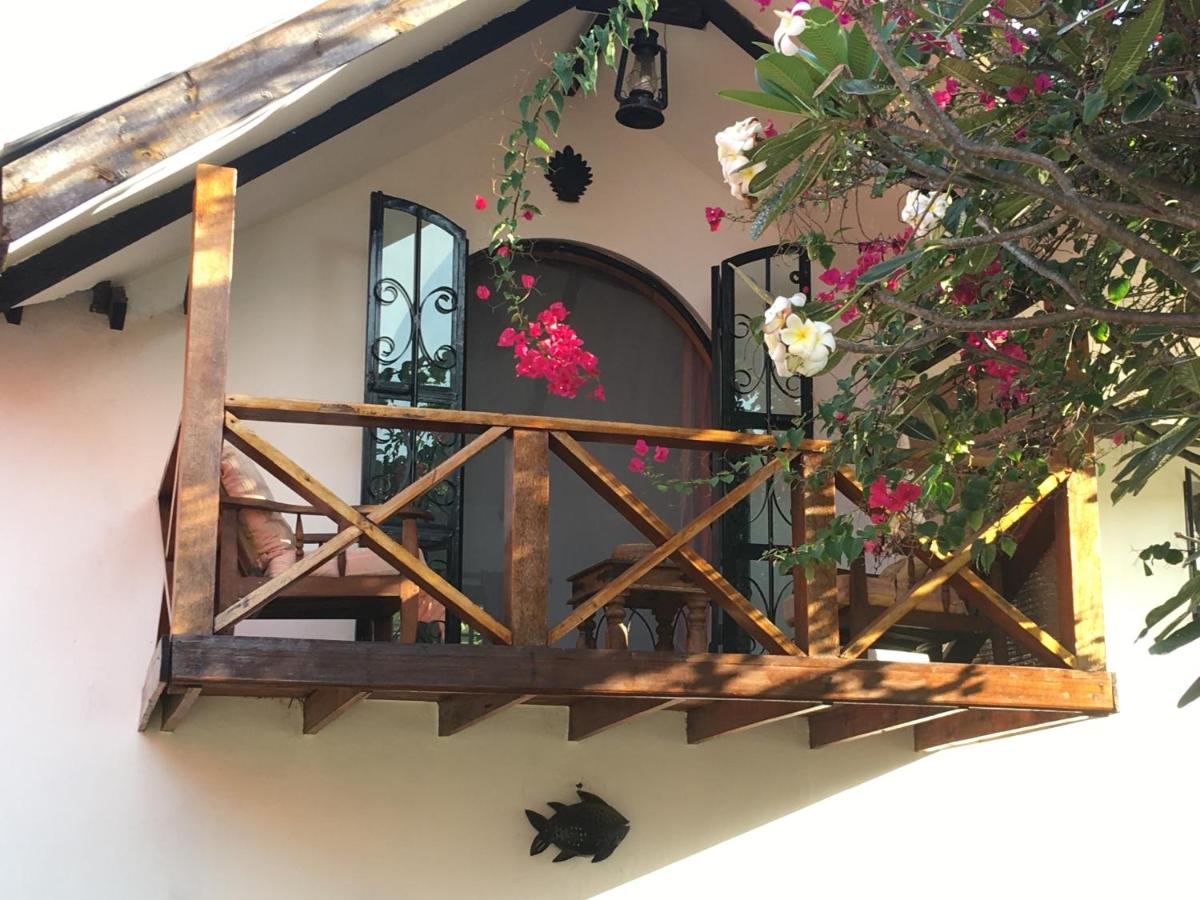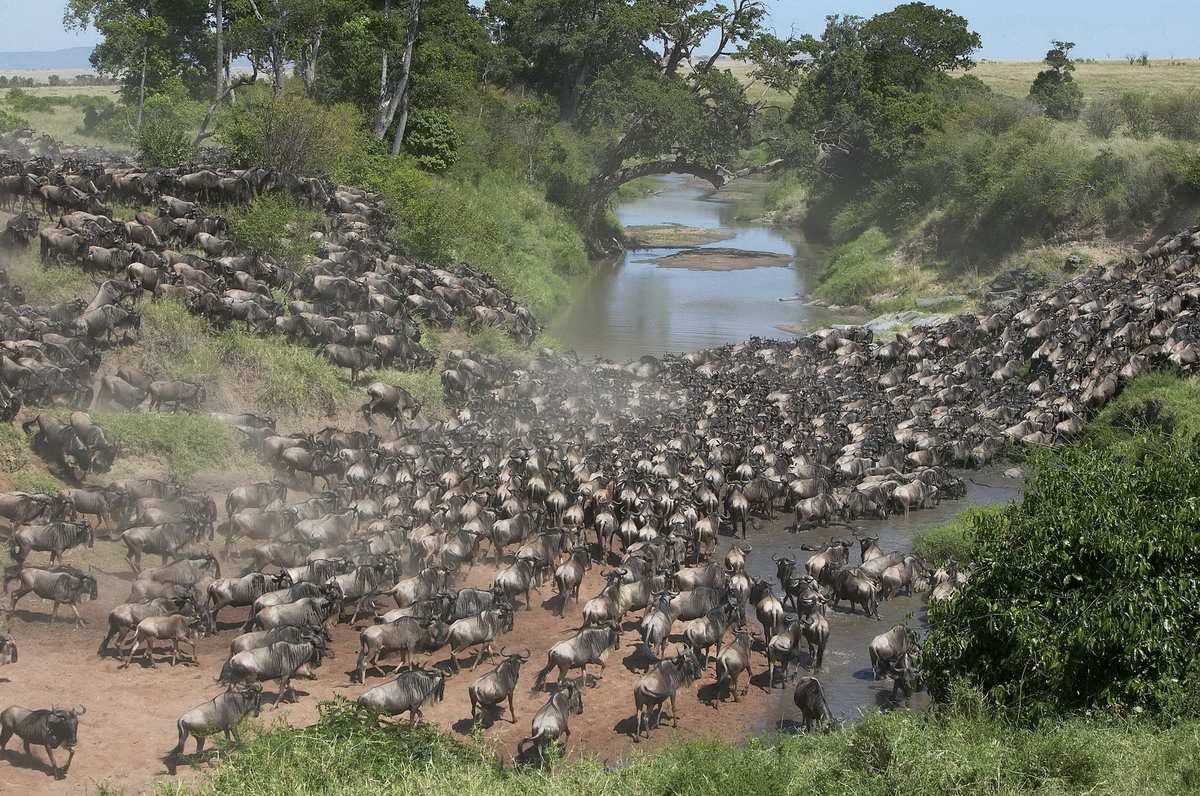
What You Need To Know Before Traveling To Lake Naivasha In Kenya
Do you know those movies where they show serene twilights, with a silver lake in the horizon reflecting the rays of the golden sun? Then there’s a breeze that is not too cold for the nightfall coupled by the sound of night critters. In the dim light of dusk you can see the silhouettes of birds flying to their nesting grounds across the sinking sun, their forms almost licking the lake’s surface in the horizon. Those kinds of movies are a poor imitation of what lake Naivasha really is.
Lake Naivasha is a ravishing destination in Kenya, perhaps among the top five. With all mentioned at the start, the cherry on the cake is the rise and fall of Mount Longonot, a dormant volcano, a bit south of the lake. The panorama is exquisite and makes the perfect destination for the man and woman going for their honeymoon, the overworked, underpaid and unappreciated taxpayer tired of the concrete jungle, the group of friends that wants a weekend off to bond and last but definitely not least, the family. In light of this fact about Lake Naivasha, anyone visiting would suffer regret a thousand fold if they did not bring a camera along. As you descend the Rift Valley escarpment on the Nairobi-Nakuru highway, Lake Naivasha will appear as a gorgeous blue spot about the size of your hand spread out, fringed by papyrus and acacia trees on the floor of the valley. It is the highest lake in the Rift in Kenya and as a result, the view is very picturesque. Cameras will save you the verbal strain of explanation to your friends once you’re back home.
Naivasha was the British’s mispronunciation and misspelling of the original Maasai name Nai’posha, which means ‘big moving water’. The waves on the lake, albeit not overtly dangerous, are known for toppling a few boats. If you plan to visit the lake and get on it with a floating vessel, make arrangements to have the accompaniment of a tourism official who knows the lake well. The lake has many hippos, both inshore and onshore hiding in the reeds. Any excursion to that lake via the recognized organizations that provide guides will make your visit worth remembering. Tourists who have ignored this have suffered tragic losses such as injuries and even death from the wild hippos. The hippopotamus is a lovely creature if not intimidated. To assume a natural relation with them would be fatal. To have the presence of a guide would be prudent.
Lake Naivasha is a unique lake in the Rift Valley. It is in fact the only fresh water lake in the Kenyan Rift. As a result, it attracts many wild animals that seek sources of water to drink and cool off. Among these are species of over 400 birds present in the vicinity such as the ibis, the kingfisher, the pelican and the fish eagle. Expect to see wildlife, mostly herbivores and birds in the area. A pair of binoculars would spice up the memories of your excursion. Because of the presence of animals, the Hell’s Gate National Park has taken preeminence as a tourism industry in the area. Visiting the park could offer more adventure than the miles of water stretch. The view from the top of Mount Longonot in the park will give you an aerial view of the lake that will leave you breathless. We therefore advise to carry some climbing shoes and loose clothing for those that love mountain trekking.
Lake Naivasha is affected by the rainfall patterns. In the rainy season, the water levels are high and the view is magnificent. In the dry season, the view is equally magnificent but the water level drops. For those that love fishing, we would encourage March to May when the waters are in abundance. There are a number of campsites and lodges around the lake. Some provide the gear. For those that would love to be around the lakeshore, walking excursions are possible in the campsites and lodges. Mountain bicycles for hire are also available for those that would love to ride along the lake.
So, the silver lake in the horizon reflecting the rays of the golden sun, the evening breeze, the campsite sound of night critters and the silhouettes of birds flying to their nesting grounds across the sinking sun all seated at the foot of an extinct volcano in the greatest valley in the world. That is not stuff you want to read in a blog; it’s stuff you want to experience, and now you know all about it to prepare.





